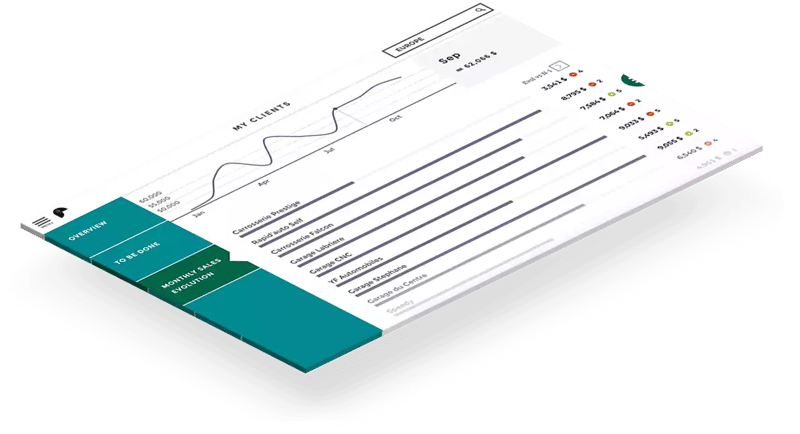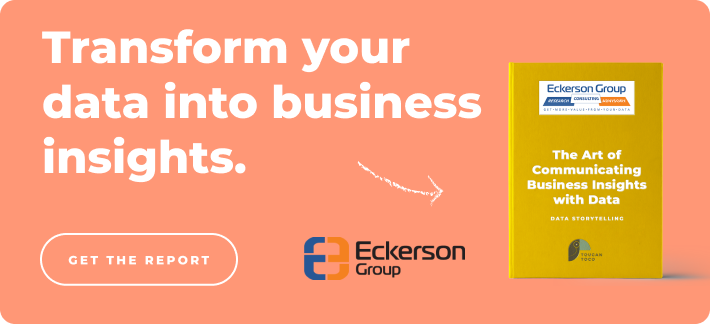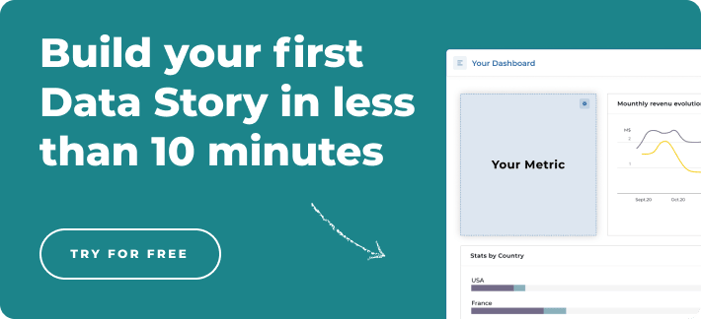Interest Coverage Ratios: All You Need to Know
Interest coverage, usually discussed in the context of the interest coverage ratio, refers to how easily a company can pay interest on its outstanding debt.
The interest coverage ratio is calculated by dividing a company’s earnings before interest and taxes (known as EBIT) by its interest expense over a given accounting period.
You may hear interest coverage, or interest coverage ratio, described synonymously as times interest earned, or a TIE ratio. This is a figure that’s often used by lenders or investors to better understand an organization’s risk level in relation to its current debt.
Generally speaking, the higher the coverage ratio, the better. That being said, this will vary significantly by industry and company.
Understanding the interest coverage ratio
Let’s start with what’s most relevant: “coverage”.
Coverage, in the interest coverage context, refers to the length of time (generally measured in fiscal quarters or years) over which interest payments can be made with an organization’s earnings.
Coverage is, therefore, representative of how many times a company can pay off what it’s obligated to pay with its earnings.
The formula for calculating interest coverage ratio is as follows:

A lower interest coverage ratio means that a company has more burdens. Their relatively high debt expenditure results in less available capital to allocate to other business activities. While interest coverage ratios are somewhat context-specific (more on that later), a generally accepted idea is that an interest ratio that is greater than or equal to 1.5 means that the ability of a company to meet its interest expenses is, to put it nicely, questionable.
It goes without saying that having enough earnings to cover interest payments is important, so it should come as no surprise that shareholders will look frequently at interest coverage ratios in their analyses of the financial health of an organization.
Investors aim to understand how likely it is that a company will need to access its reserves to pay off its interest expenses, which would ideally be allocated towards productive investments or set inside entirely for emergencies.
Yet while the interest coverage ratio is useful in isolation it should be analyzed, just like many other financial KPIs, over time (as opposed to in isolation). This allows for a more holistic understanding of a business’ trajectory and financial health.

Interest coverage is subjective as some lenders, investors, or banks may be okay with lower ratios. They typically offset this with higher interest rates on debt.
Other important considerations for interest coverage:
There are a few other important things to note when educating yourself about interest coverage.
First, there are two common variations to the calculation, both of which are rooted in adjustments made to EBIT. They are:
- EBITDA, which takes earnings before interest, taxes, depreciation, and amortization, instead of EBIT in the interest coverage calculation. Adding depreciation and amortization to the mix results in a higher coverage ratio because the numerator in the formula we showed above will generally increase.
- EBIAT, which takes earnings before interest after taxes, is done with the intention of giving a more accurate picture of a company’s ability to pay interest expenses.
Regardless of the type of calculation you run, another important consideration is that interest coverage varies tremendously by industry, and even between companies. Acceptable standards change accordingly, so take the figure only within a given context. Well-established organizations that have consistent production and revenue can often do well with low-interest coverage ratios. In the utility industry, for example, this occurs often, whereas in other industries, such as manufacturing, the volatile nature of business leads to the pursuit of higher interest coverage ratios.
The main message? Compare your ratios only with companies that are:
- In the same (or at least a similar) industry
- Operating with a similar business model
- Comparable in size and revenue
At the end of the day, interest coverage is an important financial management KPI to understand and evaluate for any business.



